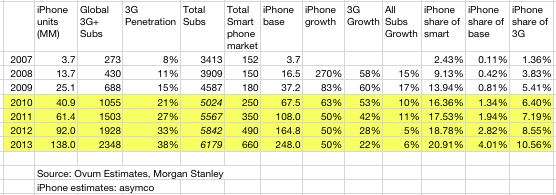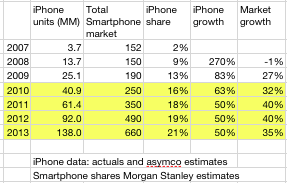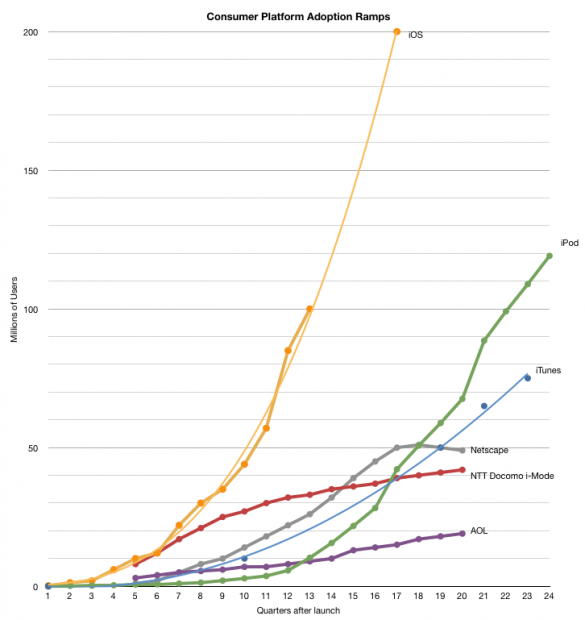In Japan’s second cell-phone merger this month, Fujitsu and Toshiba said Thursday they will merge their handset operations … NEC, Casio Computer and Hitachi merged their phone units earlier this month.
via Fujitsu and Toshiba to Merge Cellphone Units – DealBook Blog – NYTimes.com.
Mergers usually happen in a mature industry when there is excess capacity and decreasing growth. In the mobile phone market we’ve seen several companies disappear or merge over the past decade:
- Ericsson
- Sony
- Alcatel
- Siemens
- Casio
- NEC
- Hitachi
- Fujitsu
- Toshiba
- Palm
- Handspring
- Motorola tried but failed to get itself acquired.
But we’ve just seen forecasts where the smartphone market is growing and is expected to continue growing at 40%. Why is there consolidation in a growing market? Continue reading “Mobile phone companies consolidate while the smartphone market expands”




